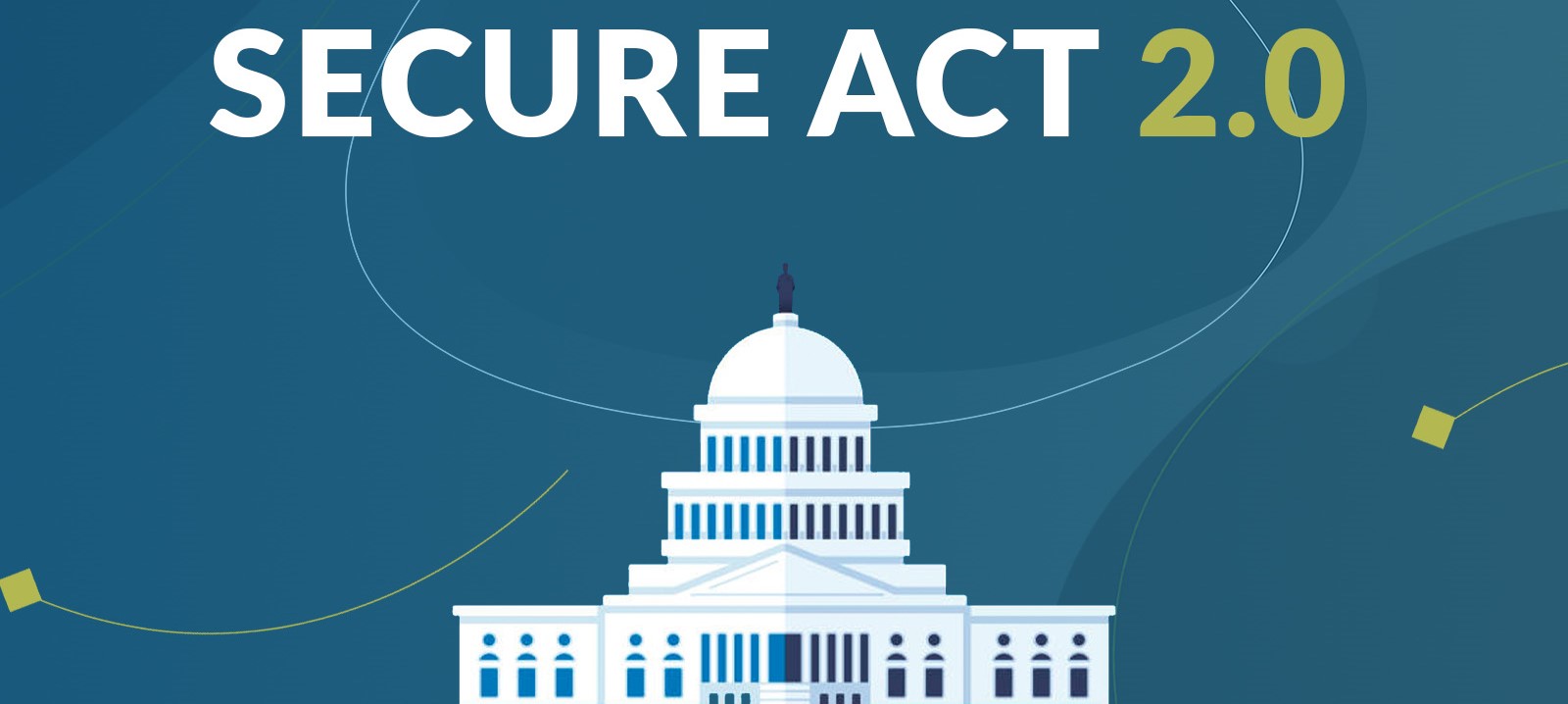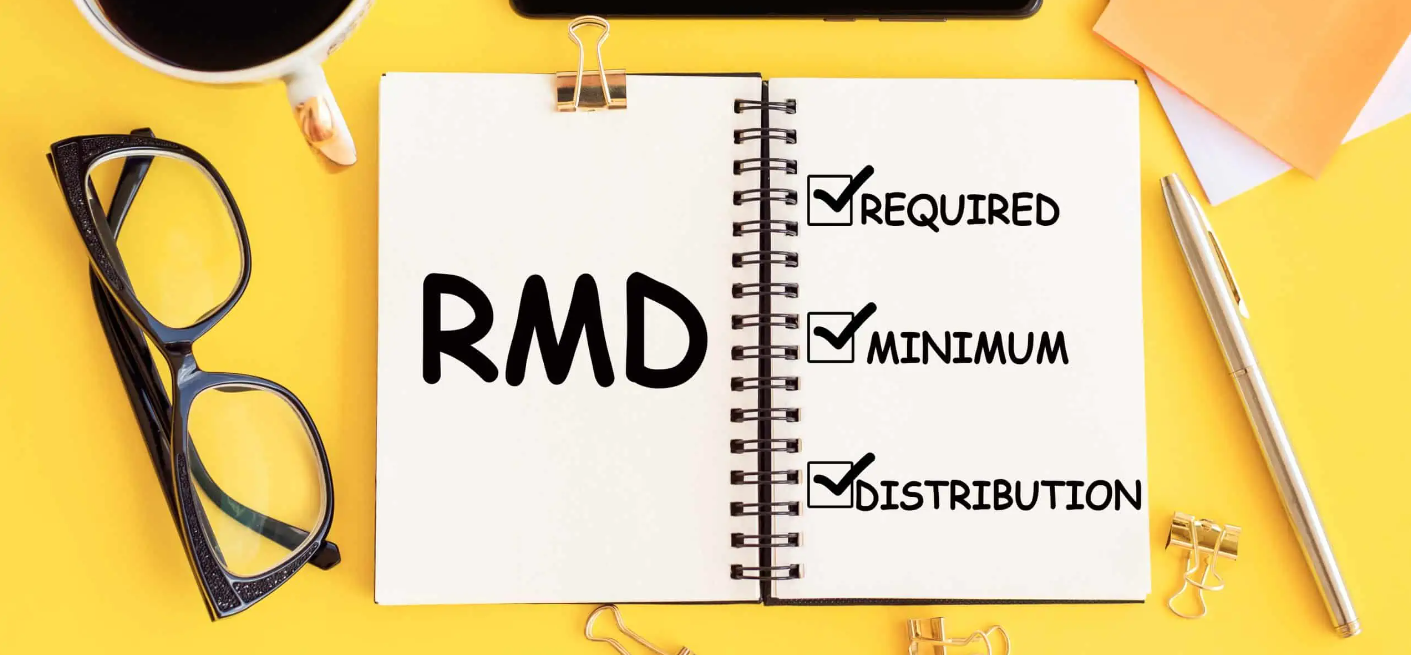How much can you contribute when you’re in two different retirement plans at the same time or at different times in the same year (e.g., after changing jobs)? The answer is complicated because there’re actually two different contribution limits – the “elective deferral limit” and the “overall contribution limit.”
Elective Deferral Limit
The elective deferral limit (EDL) for 2023 is $22,500 (or $30,000 if you’re age 50 or older by the end of the year). The EDL is based on the total pre-tax and Roth contributions you make to ALL your 401(k) and 403(b) plans (but not 457(b) plans) in one calendar year. That’s the case even if the plans are sponsored by companies that aren’t related, under the tax rules.
Example 1:
Lisa, age 48, has a regular job with Acme Industries that sponsors a 401(k) and also has a solo 401(k) through a side-job sole proprietorship. The most that Lisa can defer between the two plans for 2023 is $22,500. It doesn’t matter that Acme Industries and Lisa’s own businesses are totally unrelated.
There are two important exceptions to this rule. Non-Roth after-tax contributions (if allowed by the plan) do not count towards the $22,500/$30,000 deferral limit. And, as mentioned, 457(b) plans have their own EDL. Often, hospital executives and high-ranking medical staff are eligible for both a 457(b) and a 403(b) plan. Those employees can defer up to the maximum deferral limit to EACH plan (although the over-50 catch-up isn’t available for hospital 457(b) plans).
Overall Contribution Limit
The overall contribution limit (also known as the “annual additions limit” or “415 limits”) for 2023 is $66,000 (or $73,500 if you make age 50-or-over catch-up contributions). This limit regulates the amount of ALL contributions (pre-tax deferrals, Roth contributions, after-tax contributions, and employer matching and profit-sharing contributions) made to any company’s plan (or plans) in any year.
If you participate in two plans sponsored by the same company (or separate businesses considered one company under IRS rules), contributions made to both plans are usually aggregated for the overall limit (unless one of the plans is a 457(b)). But if you’re in two plans sponsored by unrelated companies, contributions are not aggregated. This allows you to get the benefit of a separate overall limit for each plan.
Example 2:
Acme Industries and Lisa’s sole proprietorship (from Example 1) are unrelated businesses. For 2023, Lisa could theoretically receive a total of $132,000 ($66,000 x 2) in combined total contributions from the two plans, although practically that would be difficult to achieve. Lisa’s combined pre-tax and Roth contributions would still be limited to $22,500.
By Ian Berger, JD
IRA Analyst











